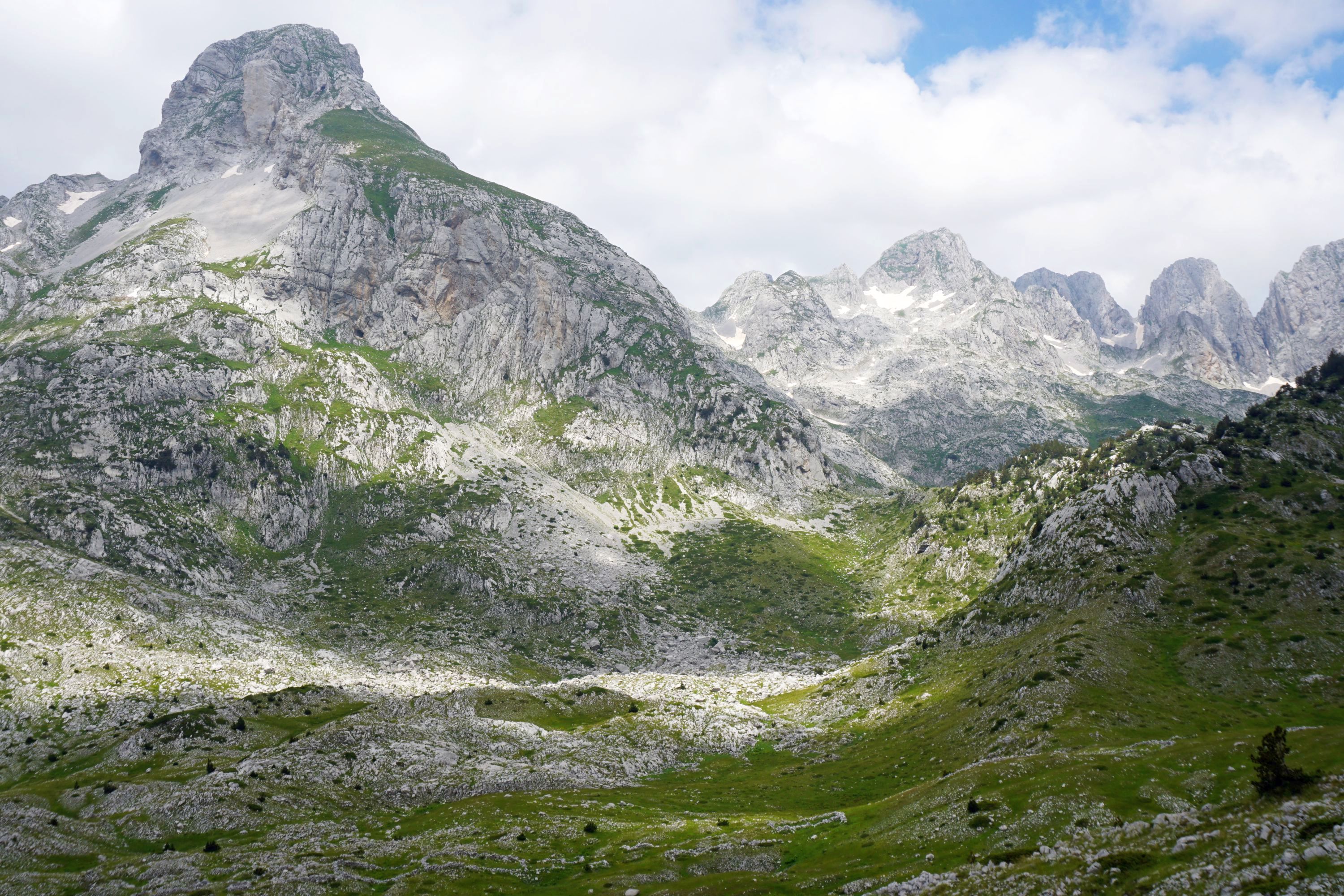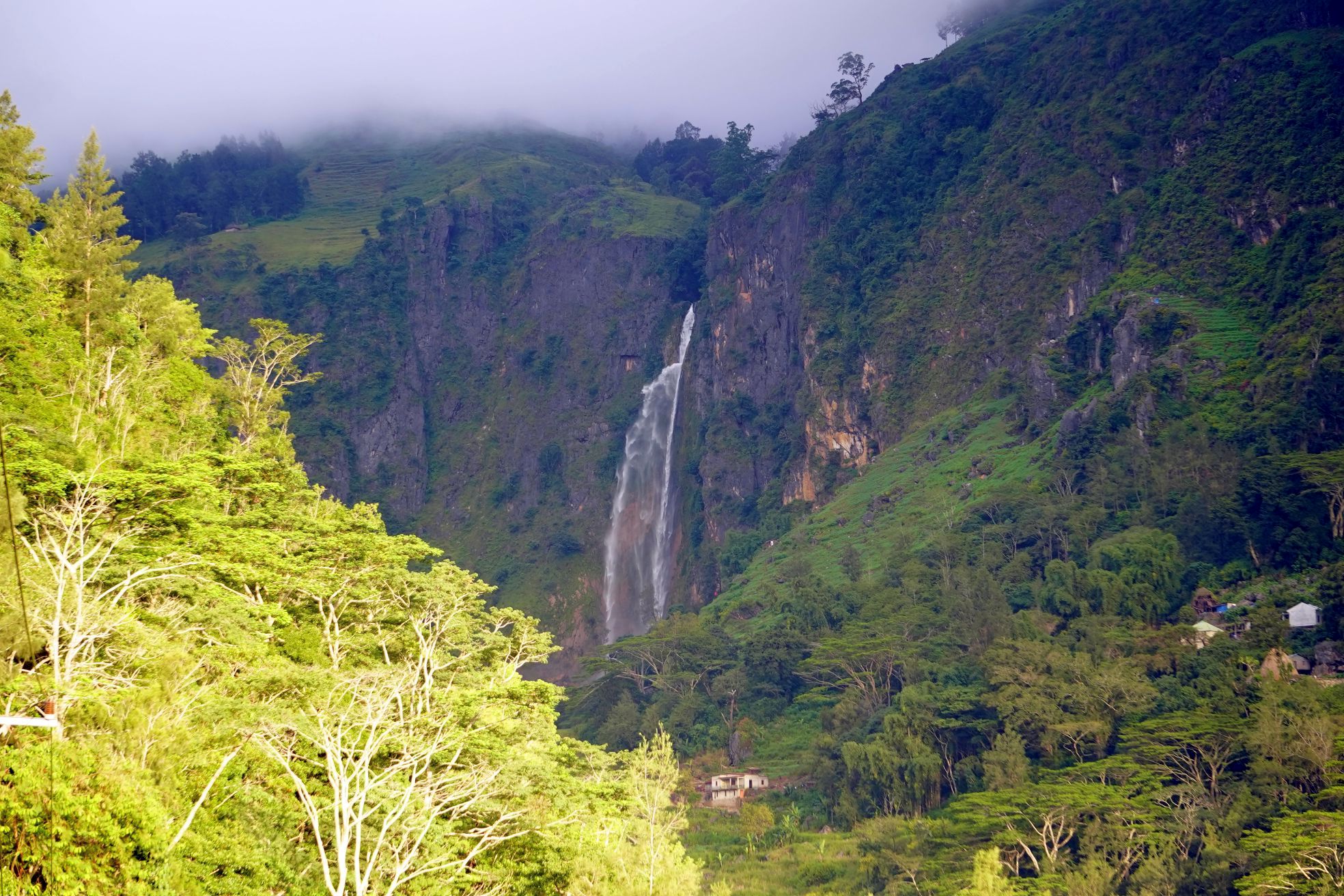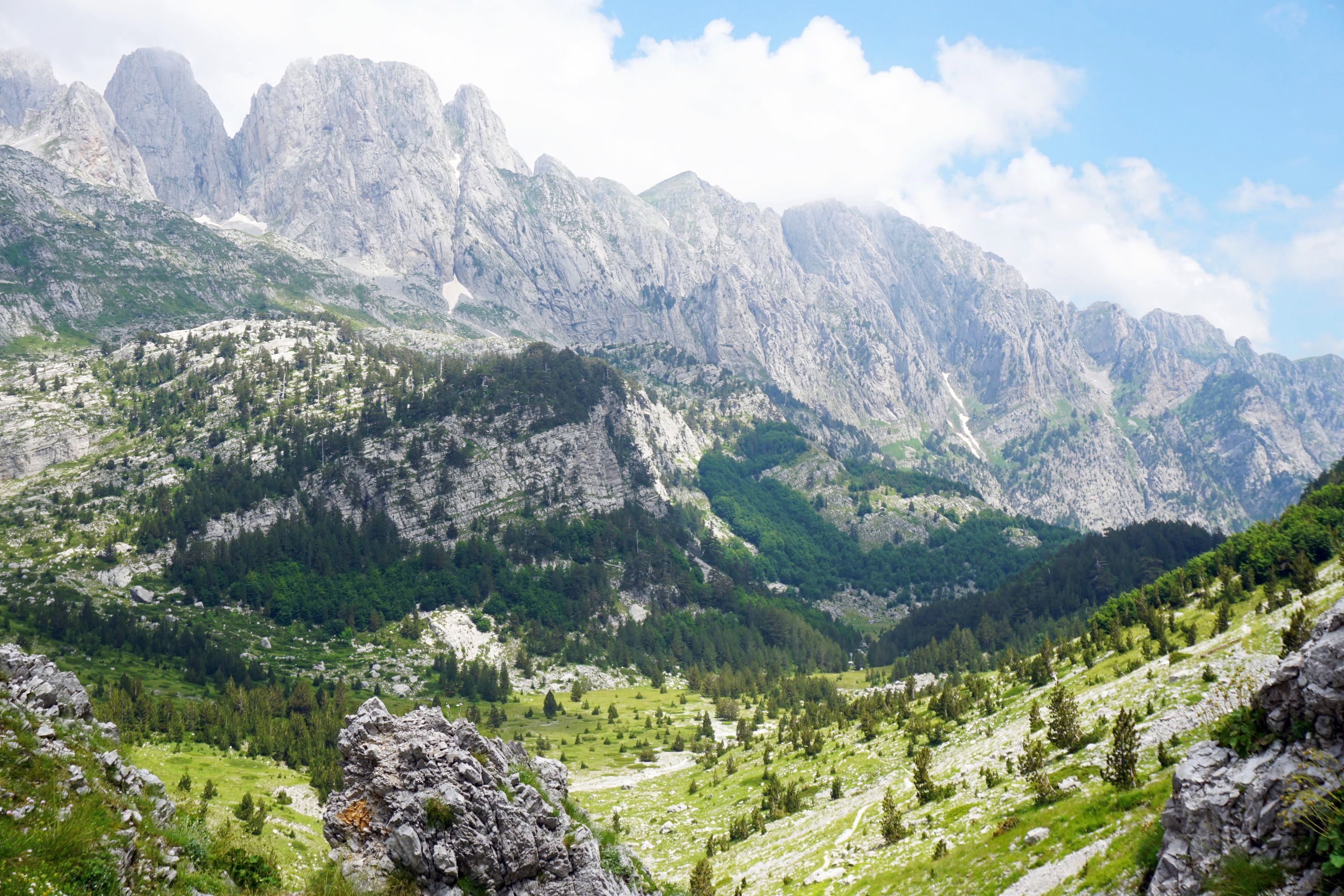Off limits to tourists until 1994, the Nubra Valley is an incredible place about five hours drive from Leh. It’s close to the border with China so a Protected area permit is required to visit. The valley is reached by a spectacular road from Leh which I’ve covered separately, but here are a few typical views from the drive.



My base to explore the valley was full on glamping provided at Desert Himalayan Camp. The tents put those at Sarchu to shame, definitely a luxury way to spend a couple of nights under canvas.




Facing the camp is the Karakoram Range, across which sun and cloud created incredible patterns throughout the day.



Behind the camp is the Ladakh Range, with the huge Maitreya Buddha, Diskit Monastery, and a snow capped mountain catching the eye.



The best spot though was by a pond at the end of the campsite for wonderful reflections of the Karakoram Range.



The first afternoon we went for a walk around Diskit. This is the main village in the valley, home to several thousand people and government services. Most of the village are new developments, but there is a small old part remaining, with narrow paths between thorn fence protected proprieties.





There are many mani walls around the village, a community effort marked by engraved slates on top, which have a similar function to stupas.



The ends of mani walls are marked by chorten, the Tibetan name for stupas, with several raised so people can worship by walking underneath them.


Back at camp the setting sun was adding even more colour to the Karakoram Range.




The next morning we headed up the hillside to see up close the sights by the Ladakh Range, starting with the 32m high Maitreya Buddha statue, a landmark of Nubra Valley.





Above the Buddha is the dramatically positioned Diskit Monastery, built in the 14th century. A student of the monastery later established the even larger Thikse Monastery near Leh.















Rather than take the cars back to camp most of us walked down the hill, which offered plenty of things of interest and new views of the monastery and Buddha.





New Diskit was pretty hideous, a treeless, grey mixture of ruins and new shops and restaurants, with lots of dust and dogs around.



Possibly the world’s highest altitude sand dunes at Hundur were more interesting if difficult to bring to life without much sunshine.






The best photo I took crossing them was looking toward the sunshine on the mountains, creating a silhouette of a guy lighting a cigarette.

Of course once I crossed them the sun came out, followed swiftly by a strong wind, creating a bit of a sandstorm, not quite what I expected 3,000m above sea level and more than 1,000km from the sea.


The light became great for photography though.




The dunes are home to a number of camels which are a popular tourist attraction, with long queues in peak season to ride them.



A rather stagent pool of water provided some wonderful reflections.

A Ladakhi cultural show was much like many others I’ve seen around the world, though the singing was somewhat higher pitched, and the shoes fancier.





A final morning visit to the camp pond treated me to mirror quality reflections, a good place to end with.











Leave a Reply